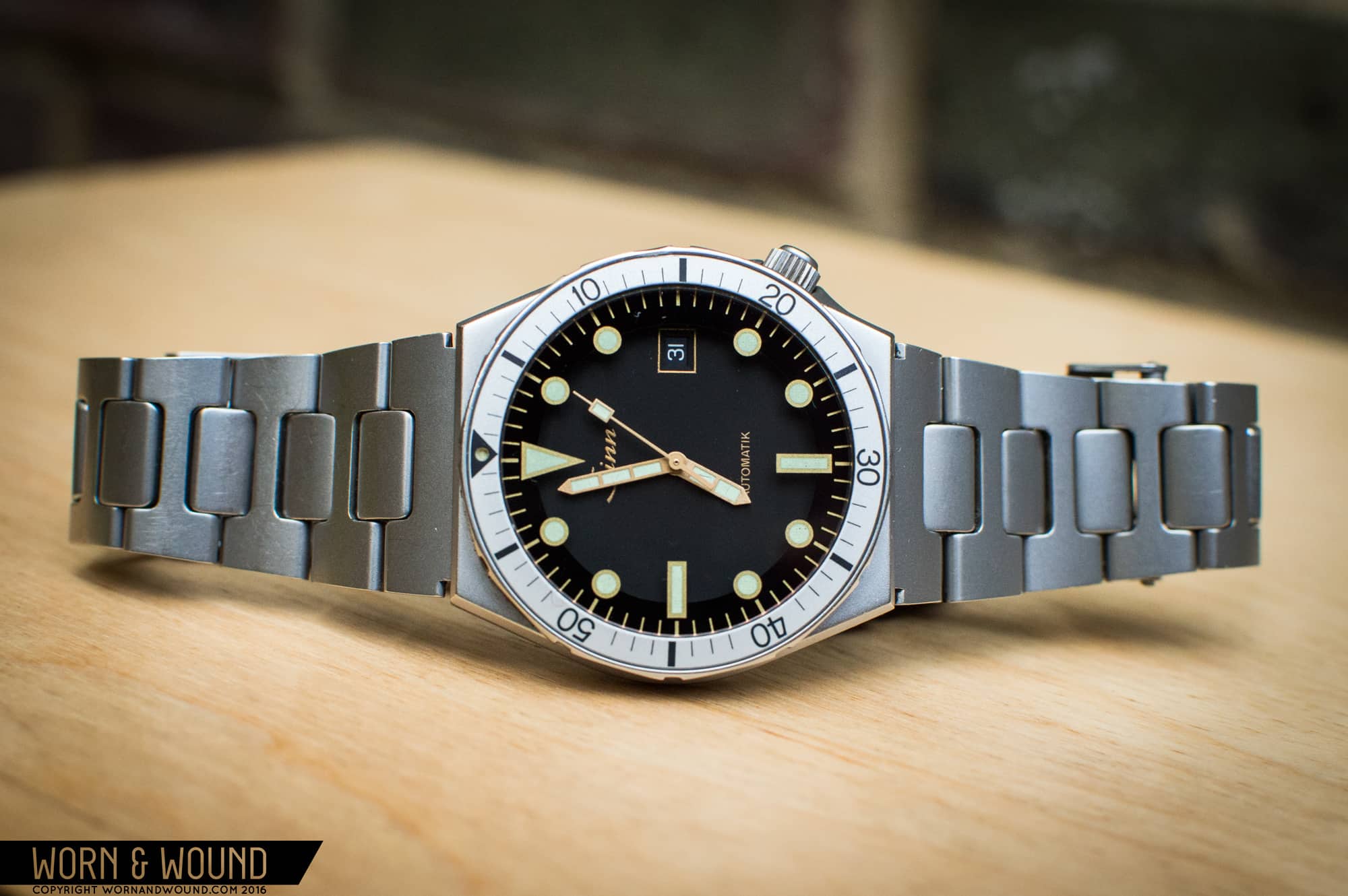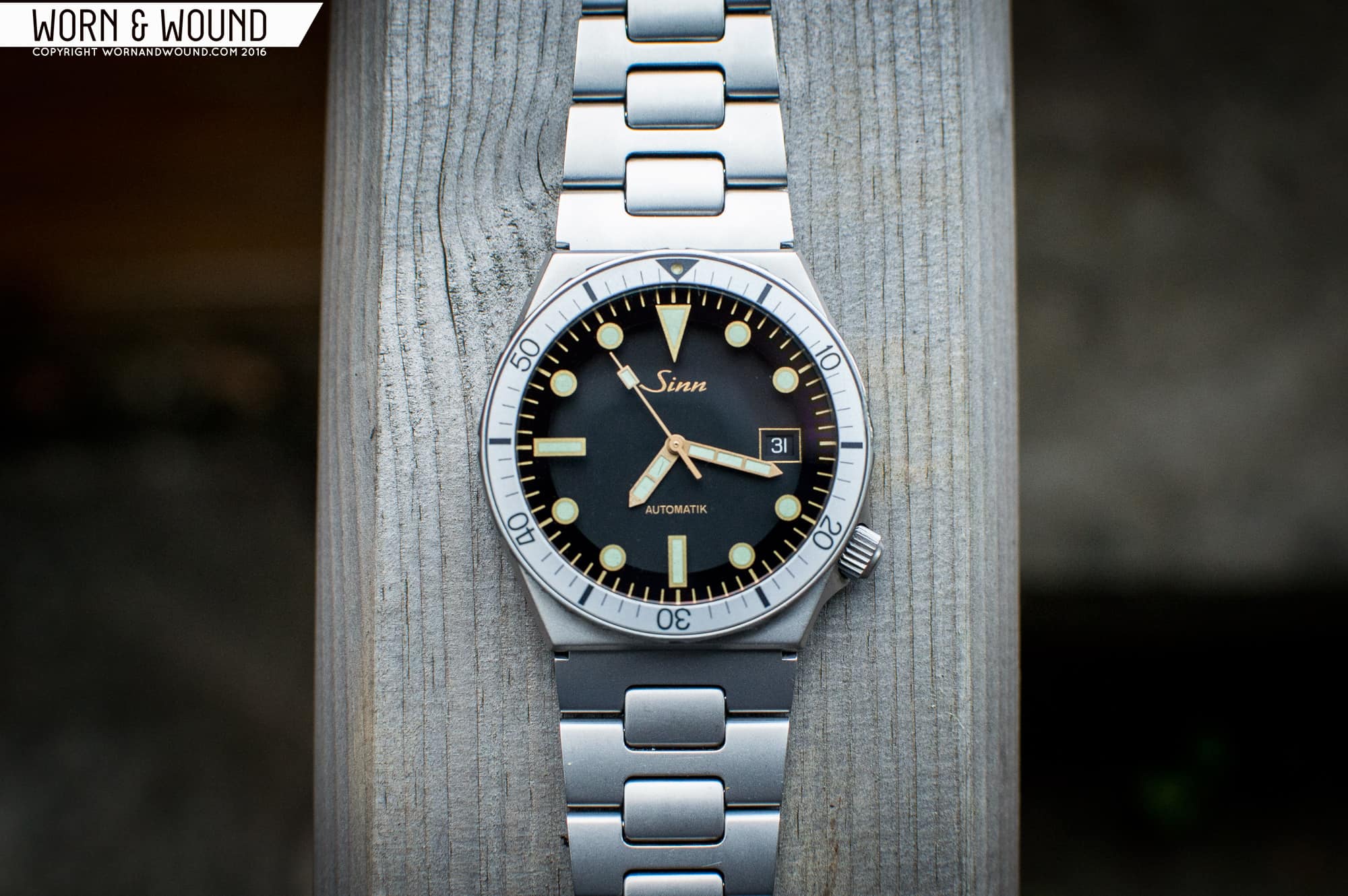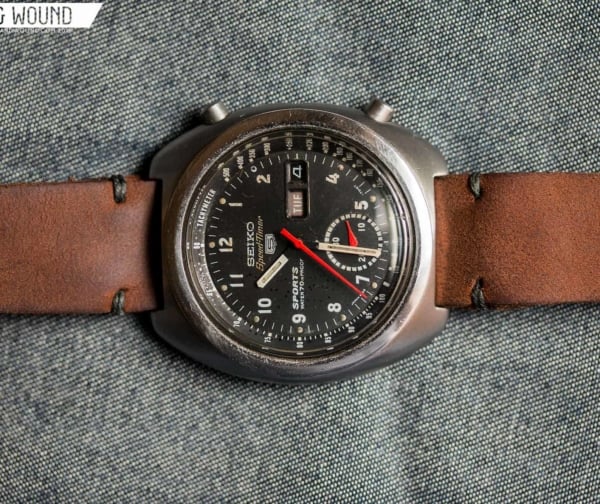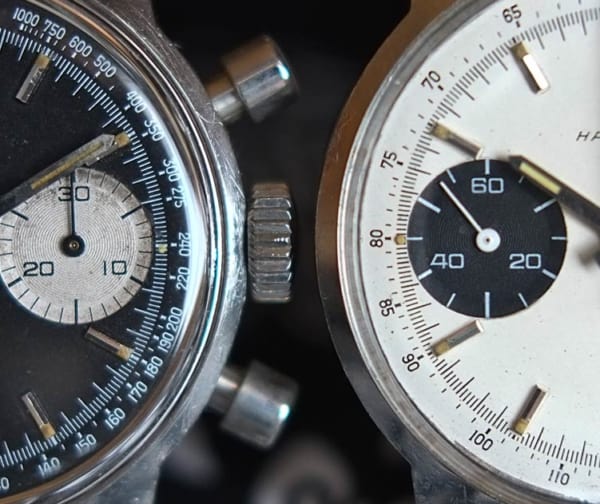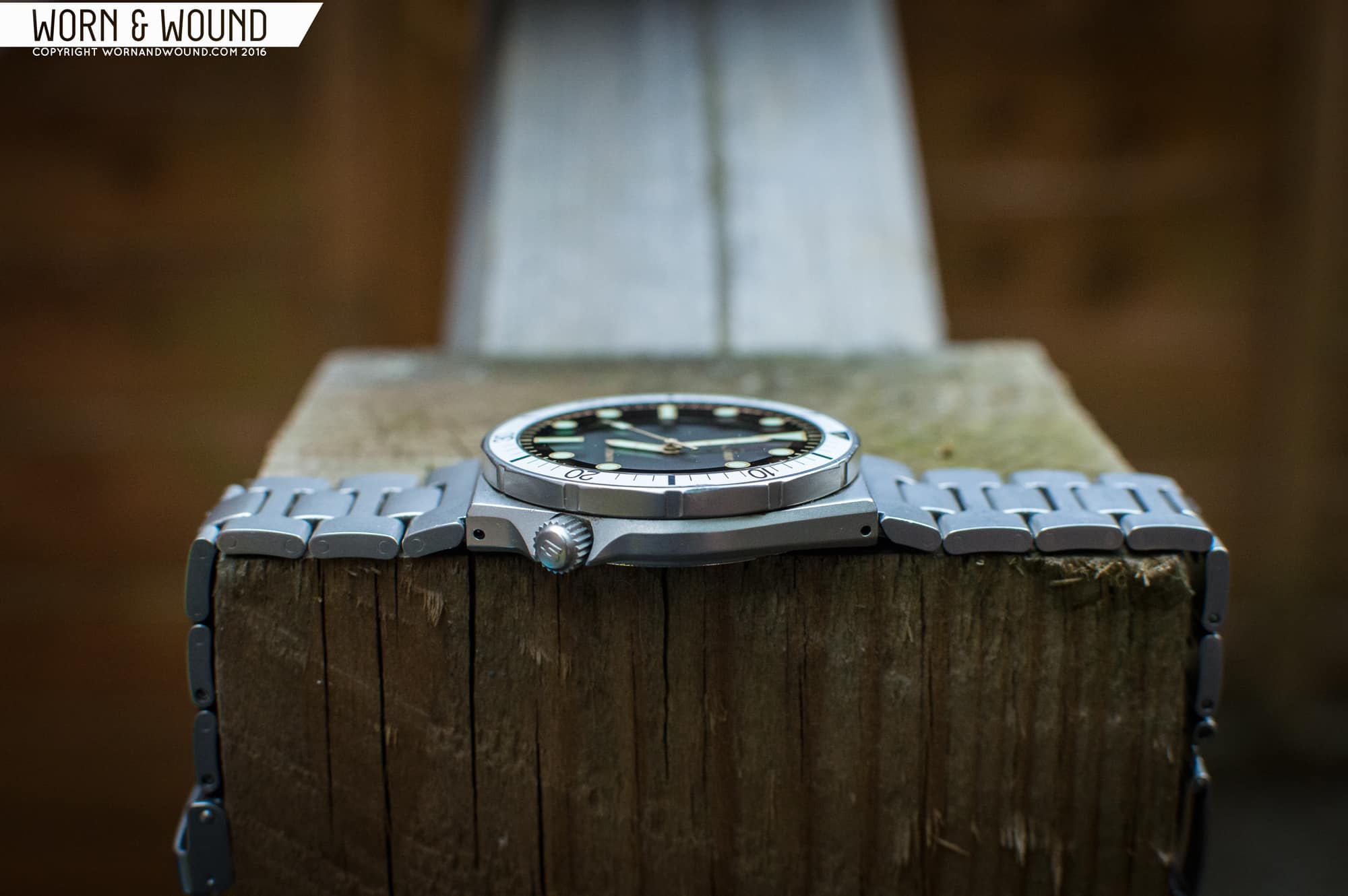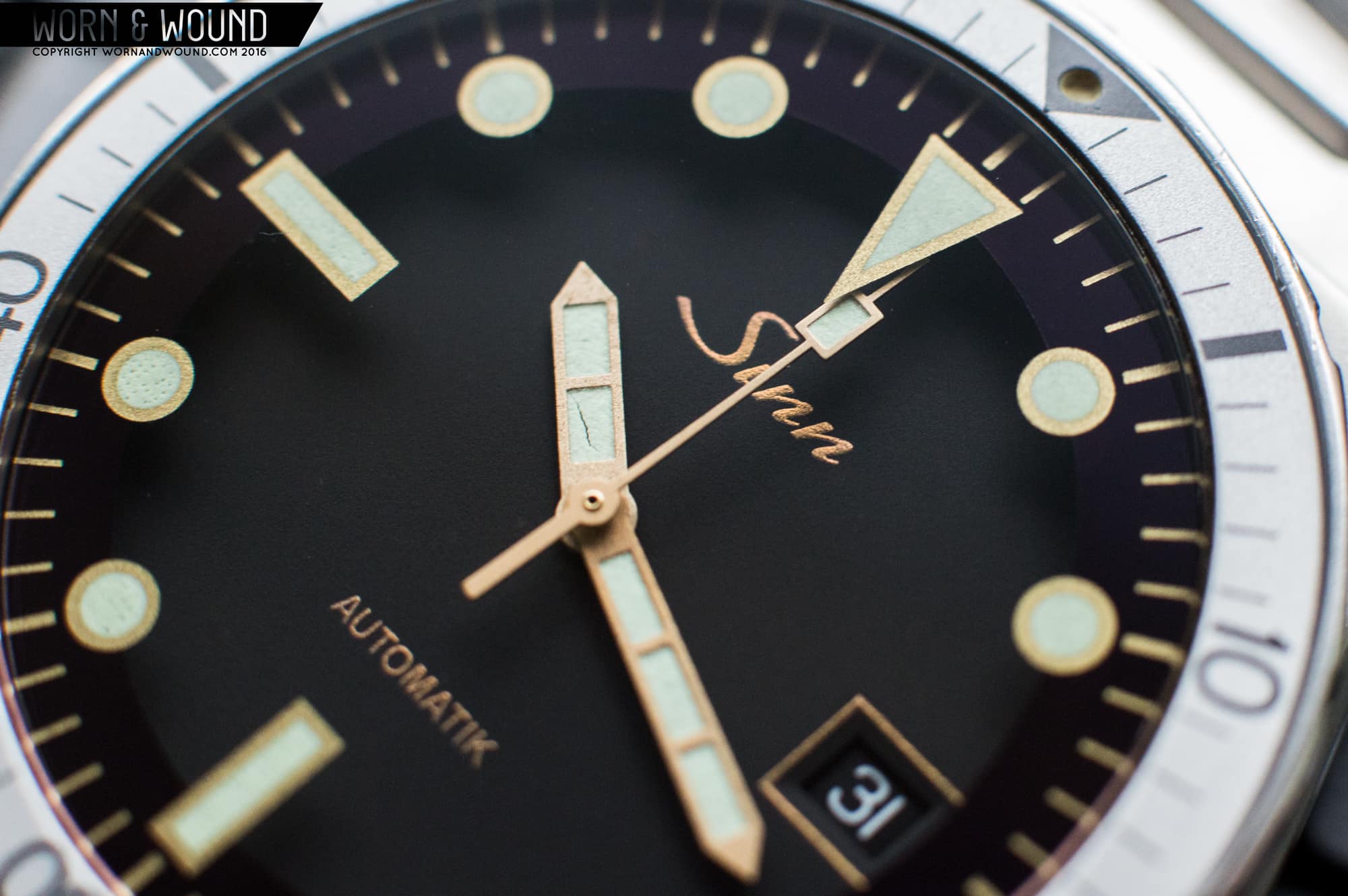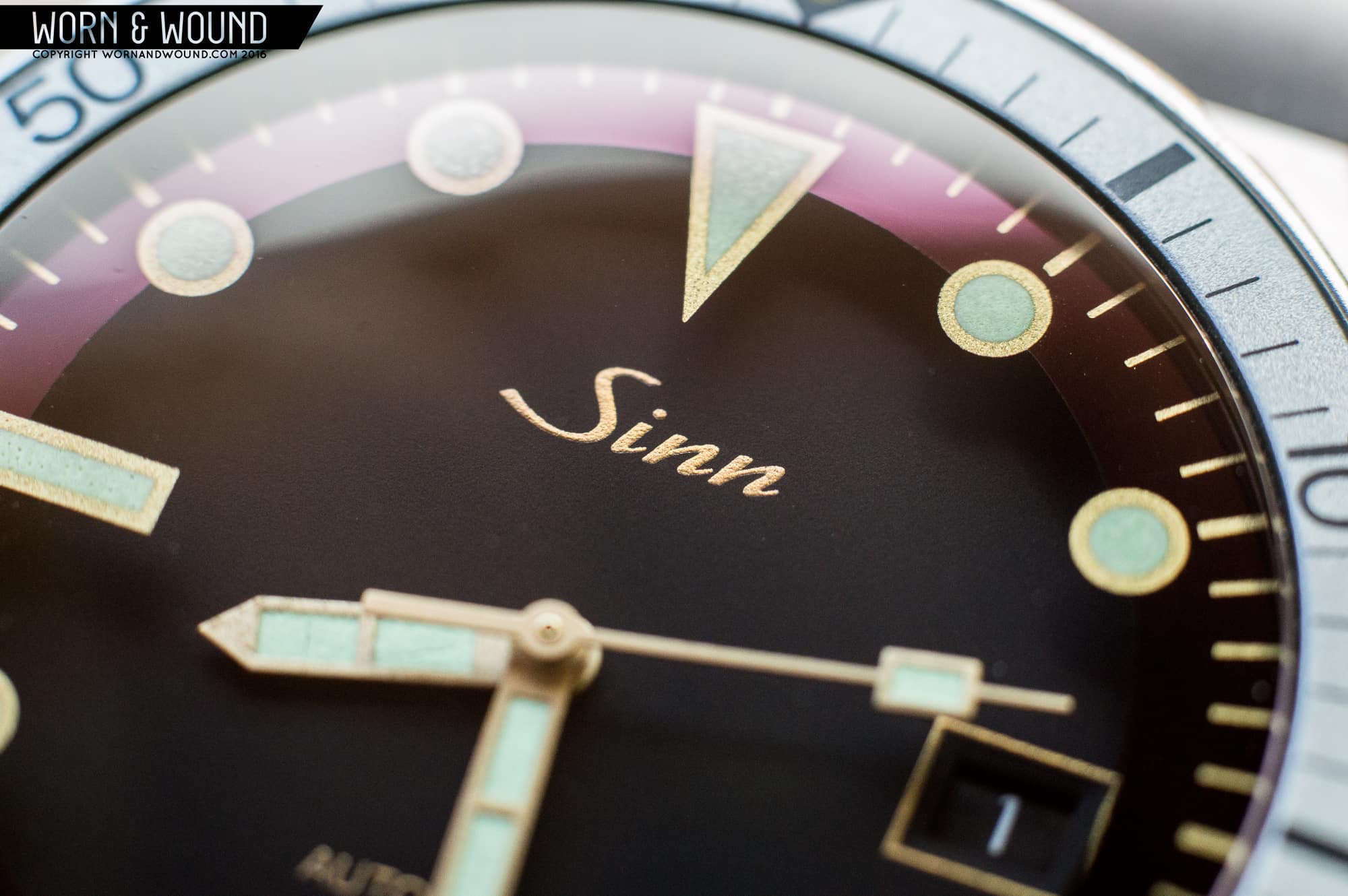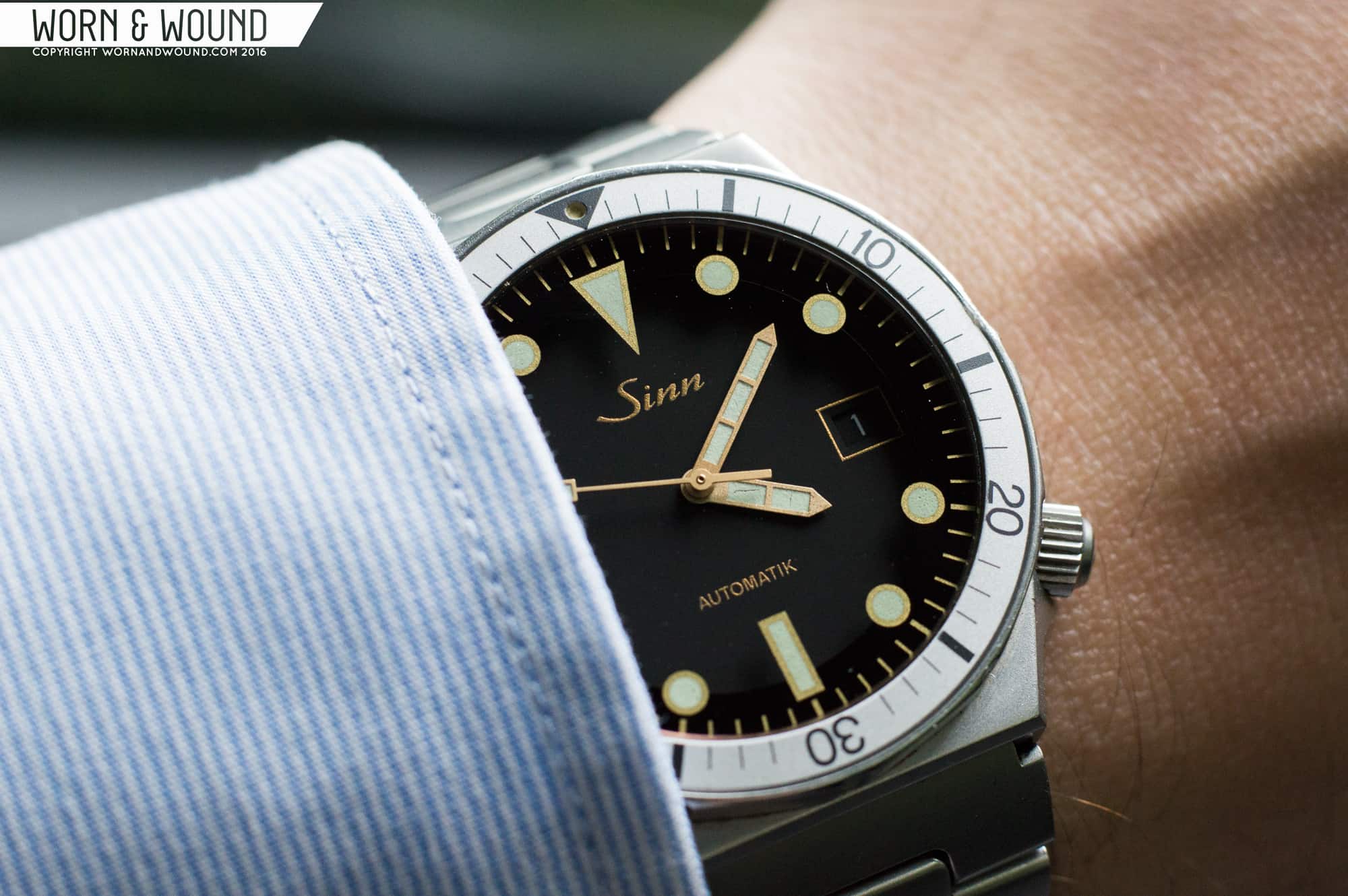The Sinn 809 Aut has developed a bit of a cult following and generates plenty of interest when spotted on Instagram or various watch forums. Although the exact production dates for this Sinn model may have been lost in the annals of history, it likely dates back to the early 1990s with a lot of influence from 1980s sport watches and even the Heuer 980.004 from the late 1970s.
Sinn produced a Feuerwehr (fire department) version of this watch with the accompanying logo on the dial and a quartz day/date variant known as the 809q, and though these are equally rare it is the regular automatic version (Aut) that has the most clean, balanced dial and looks the most appealing. From watching the used market over the last few years it’s safe to say two things: it doesn’t come up for sale too often, and the prices are on the up (you can currently get them for around $1,000). So what makes it so desirable?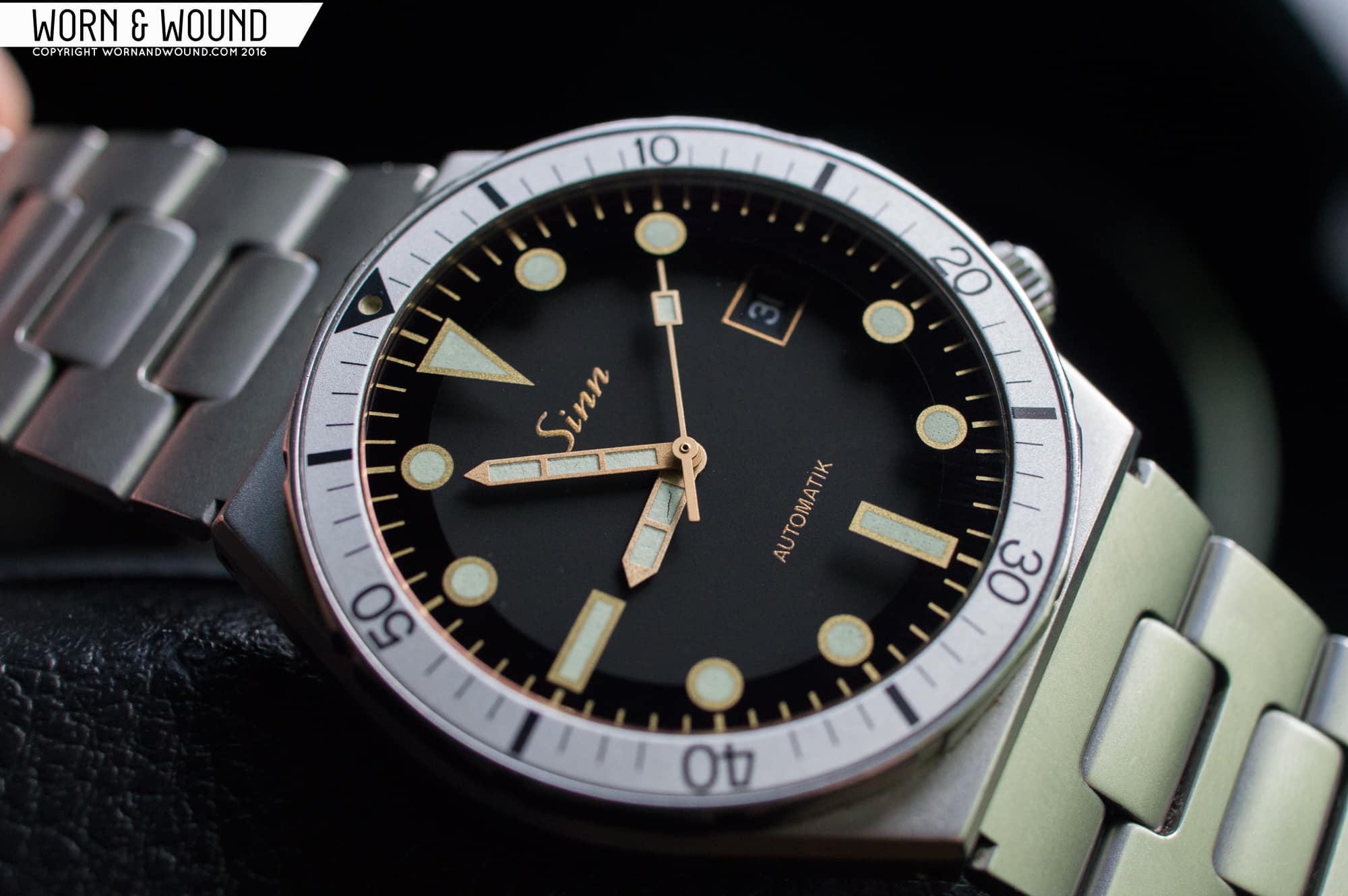









 Featured Videos
Featured Videos




